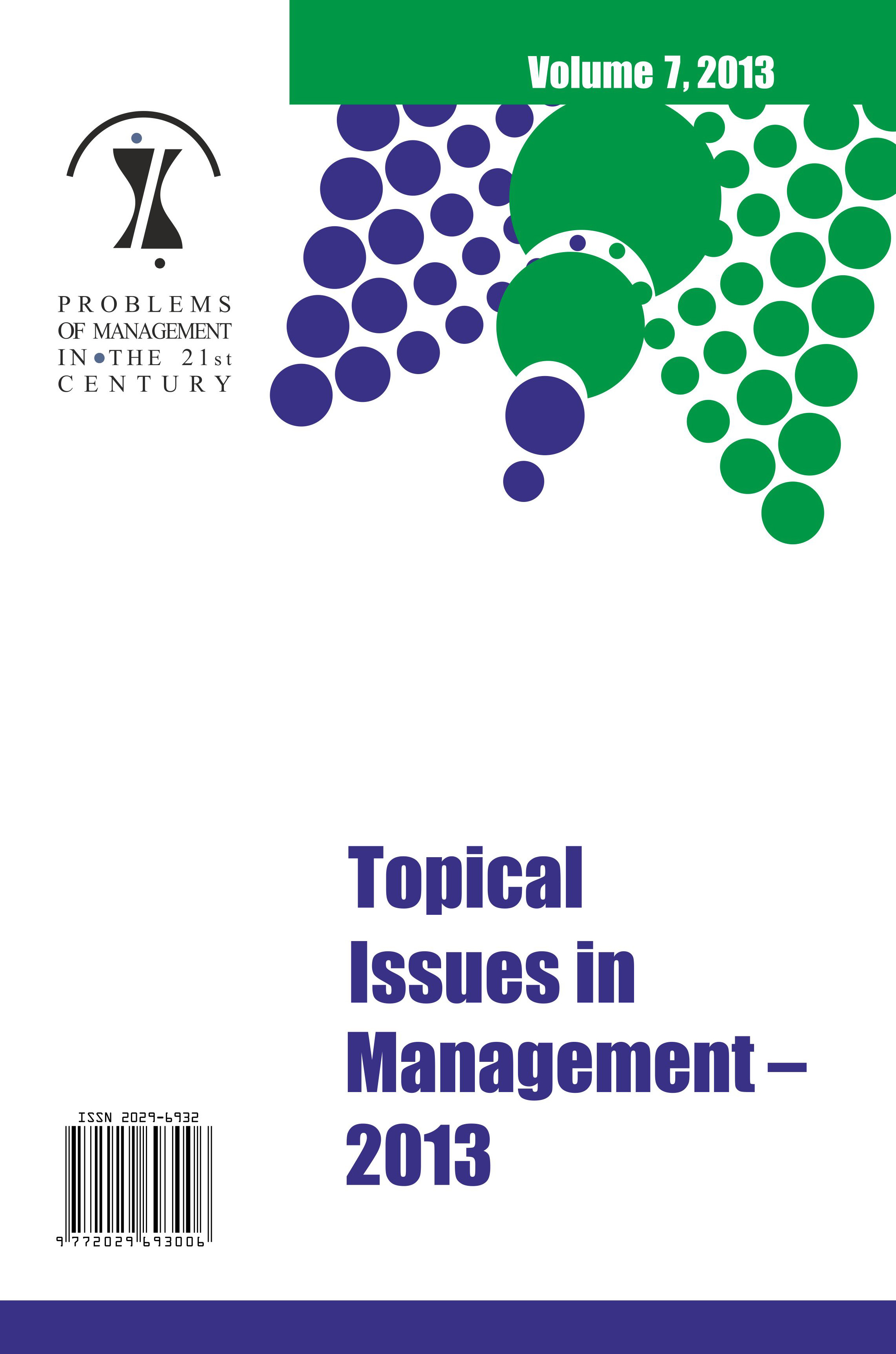DEVELOPING A MODEL TO ENHANCE LABOR PRODUCTIVITY USING BRIDGE CONSTRUCTION BENCHMARK DATA
DEVELOPING A MODEL TO ENHANCE LABOR PRODUCTIVITY USING BRIDGE CONSTRUCTION BENCHMARK DATA
Author(s): Seonghoon Kim, Yong BaiSubject(s): Economy, Business Economy / Management, Labor relations
Published by: Scientia Socialis, UAB
Keywords: bridge; benchmark; construction; management; monitoring; productivity; wireless;
Summary/Abstract: The Labor Working Status Monitoring (LWSM) Model that incorporates the WRITE and the industry benchmark data was developed through the five steps to enhance labor producitivty in bridge construction operations. The first step of the development process was to conduct a literature review, followed by the second step which was to develop the WRITE. During the development, the authors identified the necessary hardware and software for the WRITE and outlined a schematic to show the connection of major hardware components. The third step was to develop the LWSM Model for monitoring the on-site construction labor working status by comparing data from the WRITE with the industry benchmark data. A survey methodology was used to acquire industry benchmark data from bridge construction experts. The fourth step was to demonstrate the implementation of the LWSM Model at a bridge construction site. During this phase, labor working status data collected using the WRITE was compared with the benchmark data to form the basis for the project managers and engineers to make efficiency improvement decisions. Finally, research findings and recommendations for future research were outlined. The success of this research made several contributions to the advancement of bridge construction. First, it advances the application of wireless technology in construction management. Second, it provides an advanced technology for project managers and engineers to share labor working status information among project participants. Finally, using the developed technology, project managers and engineers can quickly identify labor efficiency problems and take action to address these problems. .
Journal: Problems of Management in the 21st Century
- Issue Year: 7/2013
- Issue No: 1
- Page Range: 12-23
- Page Count: 12
- Language: English

